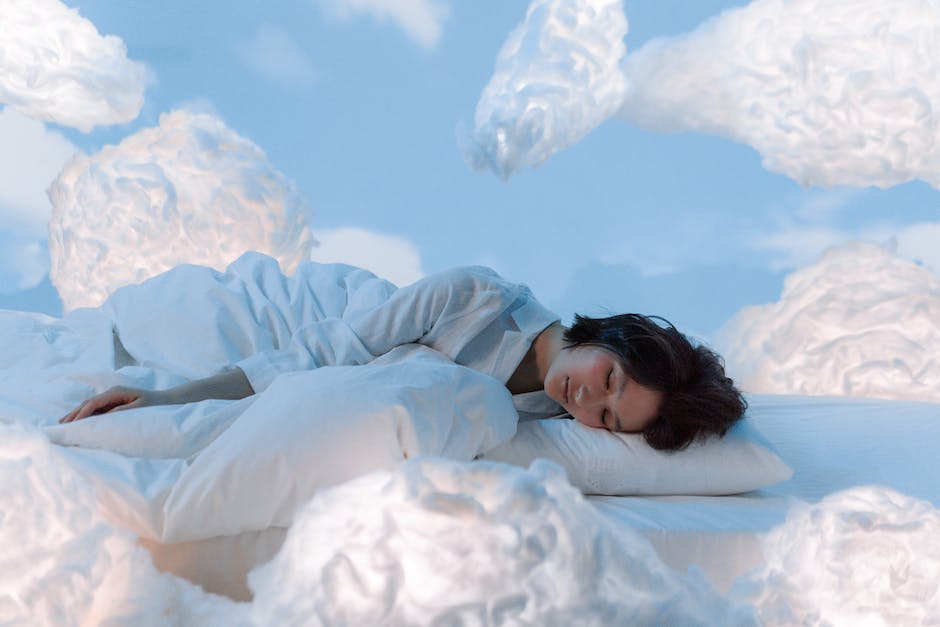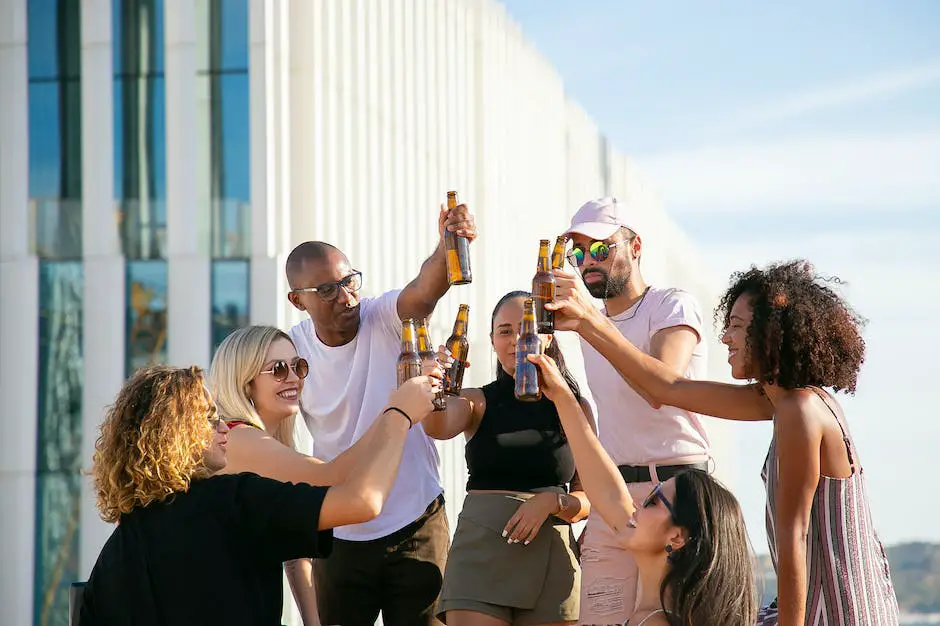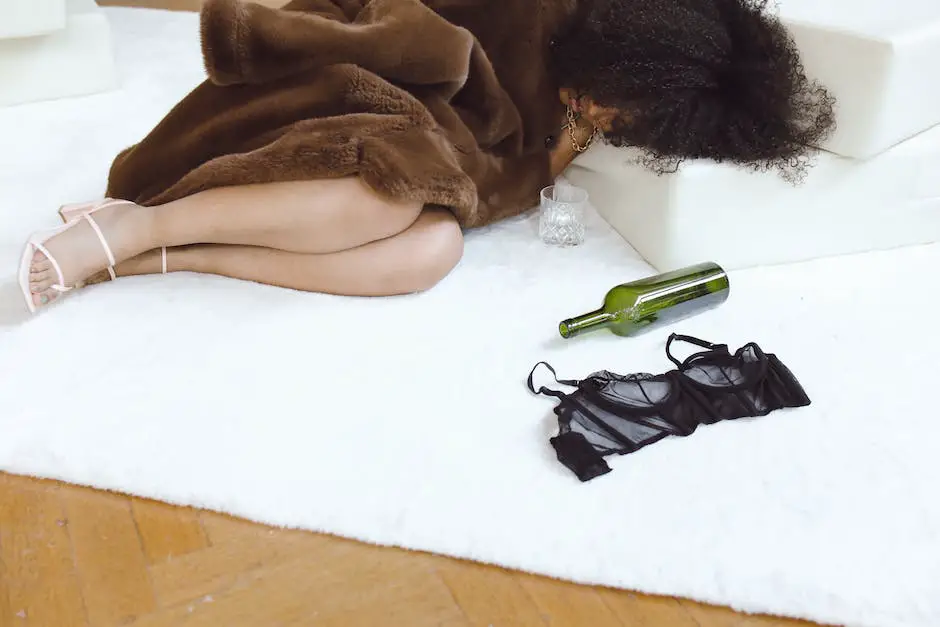Understanding the intersecting worlds of sleep, dreams, and alcohol is a journey into the generally less-explored corners of the human mind. The science of dreaming, rooted within the intricate phases of sleep and underscored by varying psychological theories, offers a fascinating lens through which we interpret our subconscious communications. Adding the element of alcohol with its profound impact on sleep routines and specifically, on the rapid eye movement (REM) phase, we begin to see changes in the quality of dreams we experience. This stage is set for the intriguing discussion on ‘drunk dreaming’, the altered world of dreams one might find themselves in while intoxicated. Delving into the depths of scientific research combined with anecdotal evidence, we invite you on this exploration into whether dreams become more colorful, wild, or even downright absurd when under the influence of alcohol.
The Science & Psychology of Dreaming
Understanding Dreaming and Sleep Cycles
Dreaming is a universal human experience that occurs predominantly during the Rapid Eye Movement (REM) stage of our sleep cycle. Our sleep cycle consists of four distinct stages: Non-REM Stage 1, Non-REM Stage 2, Non-REM Stage 3 and REM sleep. Dreams can occur in any of these stages but are most vivid and memorable during REM sleep. This stage is characterized by high brain activity, increased heart rate and blood pressure, and rapid eye movements.
The Function of Dreams: Psychological Perspectives
The true function of dreams remains a subject of ongoing research and debate in the scientific community. From a psychological perspective, Sigmund Freud, the father of psychoanalysis, believed that dreams represent our subconscious desires, thoughts, and motivations. He argued that our dreams act as a safety valve for our unconscious desires. More current psychological theories propose that dreaming might play a role in memory consolidation, problem-solving, or emotional processing.
Factors That Influence Dreaming: Alcohol Consumption
Various factors can influence our dreaming, including our mental state, physical health, and consumption of substances. Alcohol can significantly impact our sleep cycle and, subsequently, our dreaming.
Alcohol and REM Sleep: The Impact on Dreams
When we consume alcohol before bedtime, it can initially act as a sedative and induce sleep. This is often referred to as the first half of the “biphasic” effect of alcohol. However, in the second half of the night, alcohol can disrupt REM sleep, potentially leading to more frequent awakenings and less restful sleep. This REM sleep disruption can also lead to intense dreams or nightmares when the individual eventually enters REM sleep.
Drunk Dreaming: A Form of Subconscious Communication?
While there’s no definitive answer, some psychologists propose that ‘drunk dreaming’ might represent the brain’s attempt to process the effects of alcohol on the body and mind. These dreams might be a reflection of the increased physical stress that the body undergoes when processing alcohol, combined with the emotional impacts of intoxication.
Drunk Dreaming and Memory: An Unanswered Puzzle
Another interesting aspect of drunk dreaming is the potential effect of alcohol on dream recall. Some studies suggest that because alcohol can support sleep onset but disrupt later stages of REM sleep, individuals may have impaired memory of their dreams. However, further research is needed to fully understand this complex relationship between alcohol, sleep stages, dream intensity, and dream recall.
Drinking alcohol before sleep undeniably disrupts the regular sleep pattern, particularly impacting the stages of REM sleep where vivid dreaming is prevalent. Not only can this trigger intense and sometimes peculiar dream experiences, but it also serves as a reminder of how little we know about the intricate ways dreams can communicate our subconscious thoughts, particularly when influenced by alcohol. This matter continues to intrigue researchers, thus making it a compelling topic for future studies.

The Impact of Alcohol on Sleep & Dreaming
How Alcohol Interferes with Your Sleep
The influence of alcohol on the body’s regular sleep behavior is an important factor to understand. Research rightly proves that alcohol disrupts multiple aspects of sleep, predominantly by decreasing both the quality and duration of the Rapid Eye Movement (REM) sleep phase where most of our dreaming takes place.
Even after a single session of excessive alcohol consumption, there can be immediate and lasting impacts on sleep. At first, alcohol might act as a sedative, making us feel sleepy and leading to easy sleep onset. However, this is often a deceptive effect. Drinking, especially heavy drinking, might sedate and lead to sleep at the outset, but it often disrupts sleep later in the night – a phenomenon commonly known as the “rebound effect”. When the impact of alcohol subsides, there’s typically a surge in REM sleep, prompting vivid dreams and, for many, nightmares.
Effects of Alcohol on REM Sleep and Dreams
The primary influence of alcohol on sleep revolves around its impact on REM sleep. During the first half of the night, the sedative nature of alcohol can inhibit REM sleep. This suppression often results in less frequent, less vivid dreams, or an absence of dreams entirely. However, as the night progresses and alcohol metabolizes, REM sleep rebound occurs. This ‘rebound effect’ can lead to an increase in vivid and often disjointed dreams. This disruption usually results in less restful sleep and may cause the person to wake frequently throughout the night.
Long-term alcohol use affects sleep and dreaming in more profound ways. Chronic heavy drinking can lead to persistent alterations in the architecture and continuity of sleep. Alcoholics often suffer from insomnia, nightmares, and other sleep disorders even after achieving sobriety.
How Alcohol Affects Sleep and Dream Quality
While alcohol initially appears to enhance sleep due to its sedative properties, the reality is that it significantly disrupts sleep quality. Alcohol’s negative influence extends beyond interrupting REM cycles, the stage in which most dreaming occurs; it also heightens the risk of sleep-related disorders like Sleep Apnea. Extended periods of such disruption can bring about daytime weariness, cognitive difficulties, and mood shifts.
The influence of alcohol on sleep and dreaming varies significantly among individuals due to various influencing factors, like age, gender, overall health, drinking habits, tolerance, and alcohol dependency. Despite these differences, one thing remains consistent: alcohol disturbs the natural sleep cycle and decreases sleep quality over time. So, reducing alcohol intake or even better, avoiding it entirely close to bedtime, can contribute to maintaining a healthy sleep routine and minimize disturbances in dream patterns.

Exploring the Concept of Drunk Dreaming
Drunk Dreaming: What You Need to Know
“Drunk dreaming”, as it’s often called, indicates the unusual dream experiences and sleep pattern alterations that occur when a person goes to bed under the influence of alcohol. Although initially, alcohol prompts a deeply sedated sleep, it begins to disrupt this sleep as the night progresses, leading to increased wakefulness, night sweats, and a surge in vivid dreams and nightmares. As alcohol suppresses REM sleep, the dream-rich stage of our sleep cycle, the body often tries to balance out the deficit once the alcohol effects wear off. This results in a rebound into REM sleep, causing the person to experience unusually intense and abstract dreams.
The Science Behind Drunk Dreaming
Scientific studies reveal the impact of alcohol on our sleep and dreams. Alcohol increases the release of gamma-aminobutyric acid (GABA), a neurotransmitter that causes sedation, allowing you to fall asleep quicker. Simultaneously, it inhibits the release of glutamate, an excitatory neurotransmitter. However, this relaxing effect of alcohol fades away as the body metabolizes the alcohol, and your body experiences a rebound effect which results in lighter, fragmented sleep and, subsequently, vivid dreams.
Alcohol and REM Sleep
REM sleep is a crucial stage in our sleep cycle where intense dreaming typically occurs. Alcohol disrupts REM sleep, reducing the time we spend in this phase and consequently suppressing dream activity. This suppression tends to be more pronounced during the first half of the sleep cycle. As the night progresses and the alcohol is metabolized, the REM sleep rebounds in the later part of the night, leading to vivid and often nonsensical or bizarre dreams termed ‘REM rebound’.
Anecdotal Evidence and Drunk Dreaming
Numerous anecdotal reports align with the scientific perspective on drunk dreaming. Many individuals have reported experiencing unusual, abstract, and sometimes confrontational dreams after consuming alcohol before sleep. An increase in nightmare frequency has also been reported, likely due to the anxiety and heightened emotional response linked to alcohol consumption.
The Impact of Chronic Alcohol Consumption
It’s also important to note that chronic and heavy alcohol use can result in more adverse effects on sleep architecture. Extended periods of alcohol abuse can lead to persistent alterations in sleep patterns, even during periods of total abstinence. The impact on REM sleep can be much more significant, often resulting in intense, vivid dreaming and nightmares. This phenomenon is particularly observed during alcohol withdrawal and is a characteristic of ‘delirium tremens’ a severe form of withdrawal syndrome.
Influence of Alcohol on Dream Content
According to research, alcohol can also distort dream content, often skewing towards negative emotions. Many reports tell of alcohol-induced dreams containing elements of embarrassment, guilt, and remorse, possibly reflecting the dreamer’s subconscious feelings towards their drinking habit. Also, the theme of dreams after drinking is often fraught with disputes, aggressive behaviors, and failures, which can contribute to restlessness and poor sleep quality.

The fascinating intersection of dreaming, sleep, and alcohol consumption is a complex confluence of neurological functions and psychological theories. These interactions lead us to the idea of ‘drunk dreaming’. Studies and anecdotal evidence offer valuable insights into the nature and intensity of dreams during intoxicated sleep. Does alcohol indeed color our dreams, making them bizarre or more vibrant? Or does it distort them, leading to anomalies that our sober mind can’t conceive? The understanding of this intriguing phenomenon is yet evolving, continuously shaped by new research and revelations. Even as our grasp of this topic deepens, dampened by the mystique of the dream world and the profound effects of alcohol, it all underscores our quest for understanding the human mind and its remarkable complexities.
